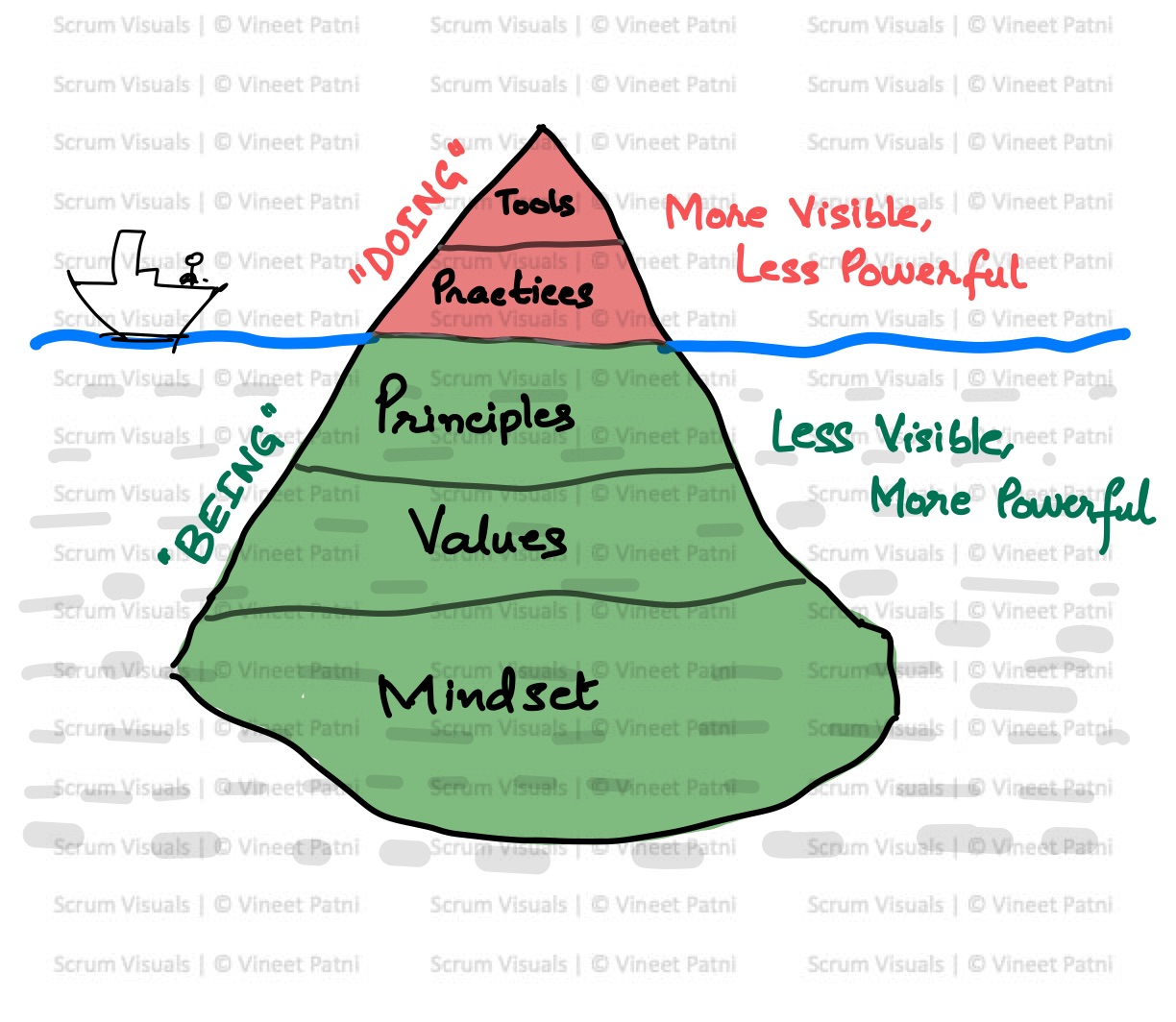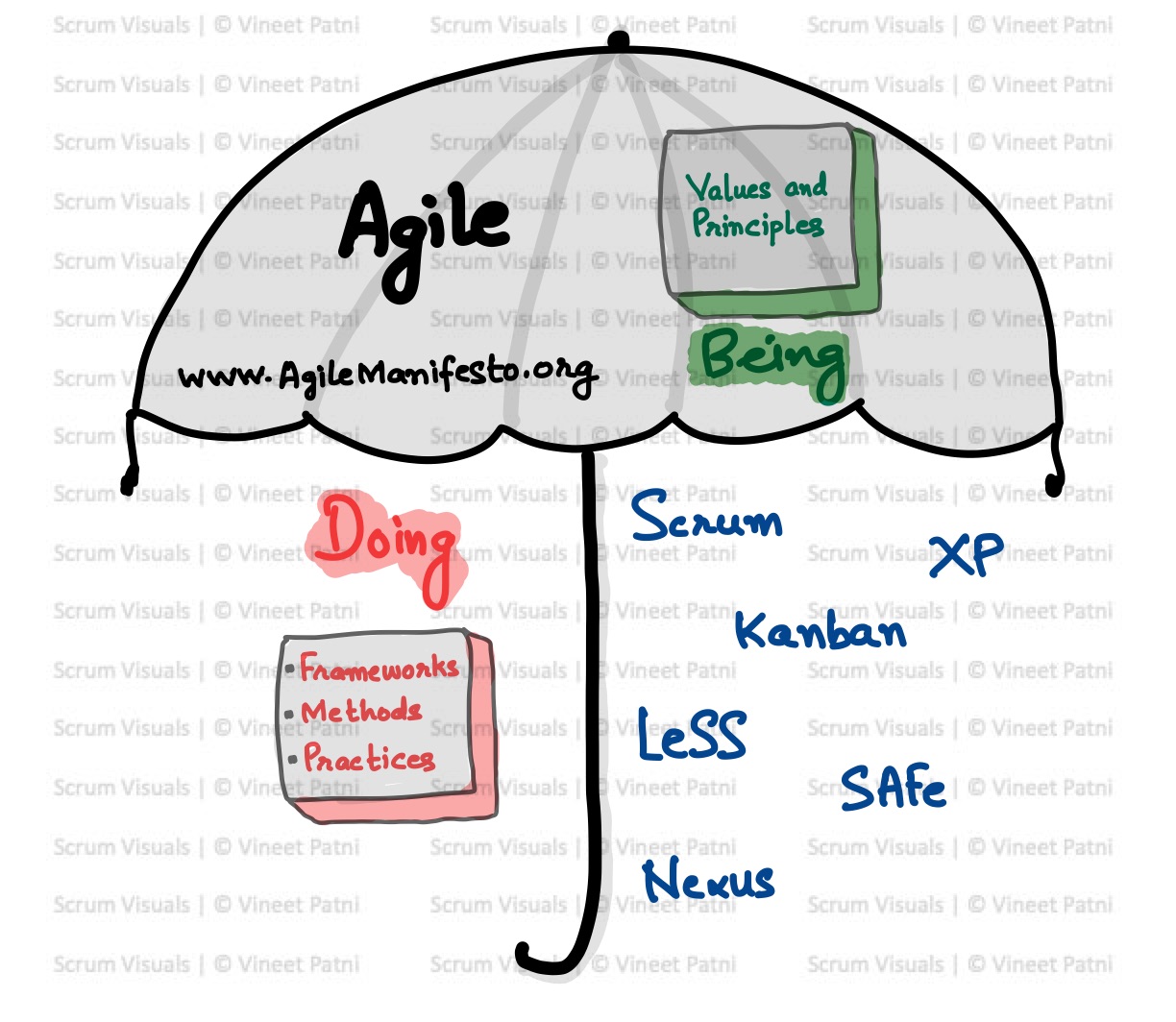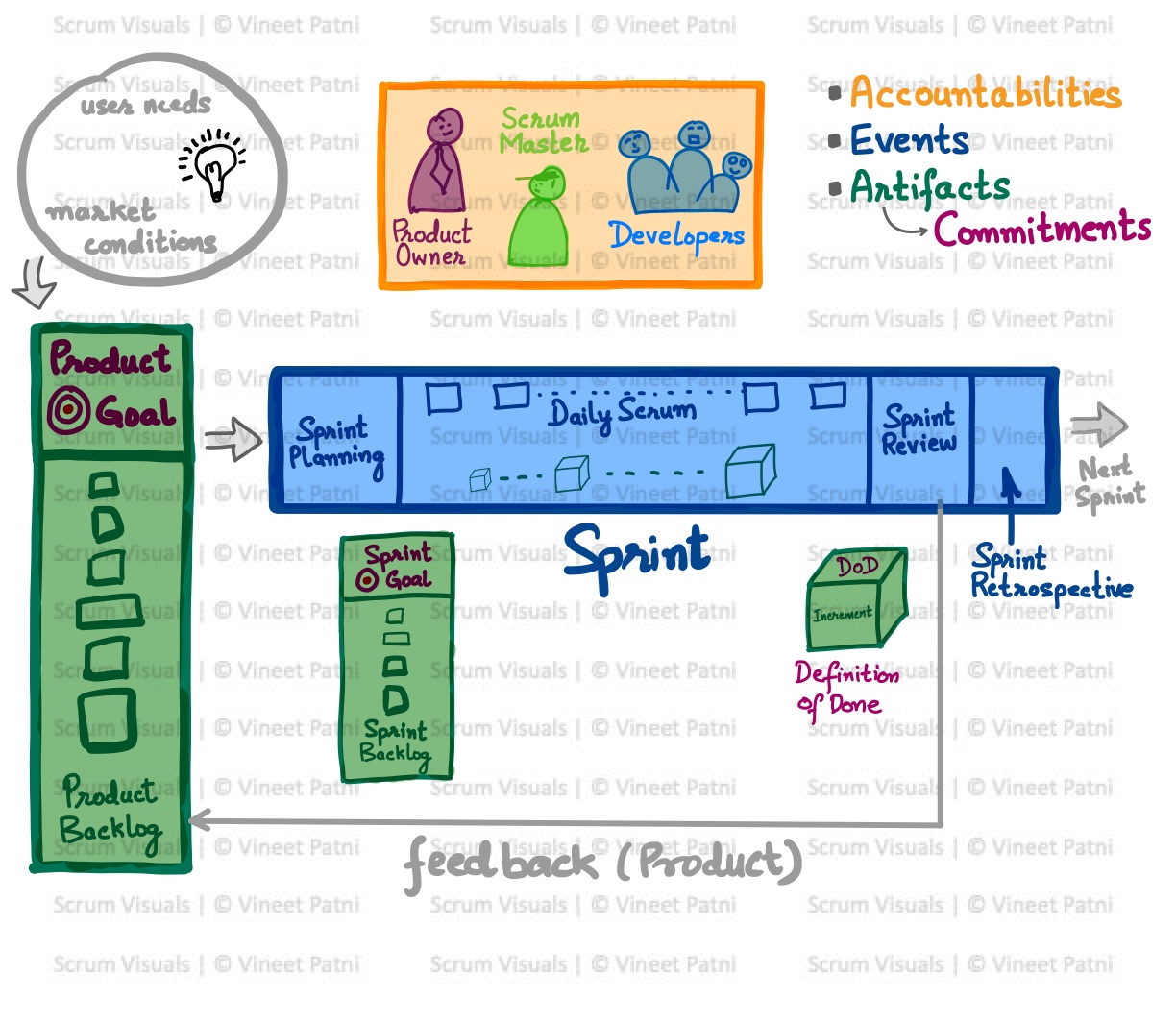AI in the Workplace: From Automation to Human Augmentation
AI isn’t just replacing tasks — it’s redefining how we think, collaborate, and create at work.
We’re witnessing one of the most profound shifts in the modern workplace. Artificial Intelligence (AI) is no longer confined to labs or data science teams. It’s showing up in daily workflows — from writing emails and analyzing spreadsheets to brainstorming product ideas and supporting customers.
But here’s the catch: AI isn’t just about automation anymore — it’s about augmentation.
Let’s explore how AI is transforming the world of work, not by eliminating humans, but by elevating what we’re capable of.
From Repetition to Intelligence: The Automation Era
The first wave of AI in the workplace focused heavily on automation — using machines to take over repetitive, rule-based tasks. These included:
- Processing invoices
- Scheduling meetings
- Basic customer support (e.g chatbots)
- Data entry and reporting
Automation saved time, reduced costs, and improved consistency. But it often replaced tasks rather than transforming them.
Welcome to the Augmentation Era
Today, we’re in the era of AI-augmented work. AI isn’t just doing the work for us — it’s collaborating with us.
Here’s what that looks like:
1. AI as a Thinking Partner
Tools like ChatGPT or Claude are helping professionals brainstorm, summarize complex topics, write drafts, and even debug code.
Example: A product manager uses AI to outline user stories or generate experiment ideas faster.
2. Decision-Making with Context
AI models can now analyze large datasets and offer recommendations, not just raw reports. They help leaders make smarter choices by surfacing patterns and predicting outcomes.
Example: A sales leader sees which leads are most likely to convert based on past behavior and AI insights.
3. Communication Superpowers
AI writing tools improve clarity, tone, and effectiveness of messages — whether it’s a customer email, marketing copy, or a performance review.
Example: HR teams use AI to tailor employee communications and personalize engagement.
4. Learning While Doing
AI enables real-time skill development. Professionals can ask questions, simulate conversations, and get instant feedback — turning every workflow into a learning moment.
Example: A junior analyst uses AI to learn how to clean data while working on a live project.
Why This Shift Matters
Augmentation means AI becomes a force multiplier — not a replacement.
- Speed: You get more done, faster.
- Focus: You spend time on creative, strategic, and people-centric tasks.
- Confidence: You have a digital assistant backing you up 24/7.
- Access: Even non-tech roles gain analytical and creative capabilities.
But It’s Not All Smooth Sailing
AI brings challenges too:
- Bias and hallucination risks
- Over-reliance on machines
- Workplace inequality for non-digital roles
- Security and privacy concerns
Leaders must implement AI governance, training, and ethical guidelines to ensure responsible use.
How Can You Prepare?
Whether you’re an executive, manager, or team member — here’s how to get ready:
- Build AI literacy across your organization
- Encourage experimentation — allow people to test AI tools safely
- Reward AI-assisted innovation, not just efficiency
- Balance tech with empathy — humans still lead culture, creativity, and car
The Future of Work Is Human + AI
The future of work isn’t about humans versus machines. It’s about humans empowered by machines.
AI is becoming our co-pilot — helping us think bigger, work smarter, and adapt faster. Businesses that embrace this shift won’t just be more efficient — they’ll be more innovative, more human-centered, and more resilient.
Want to Augment Your Team’s Skills with AI?
At ScaleUp Consultants, we help Agile professionals, Product Managers, and leaders embed AI into real workflows — from ideation to delivery.











